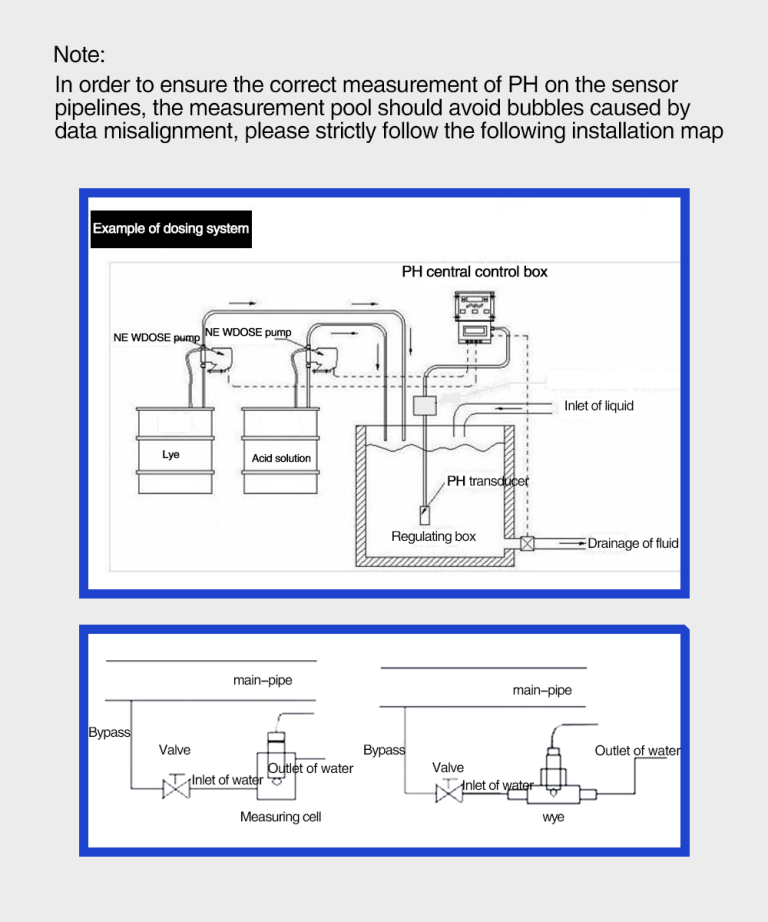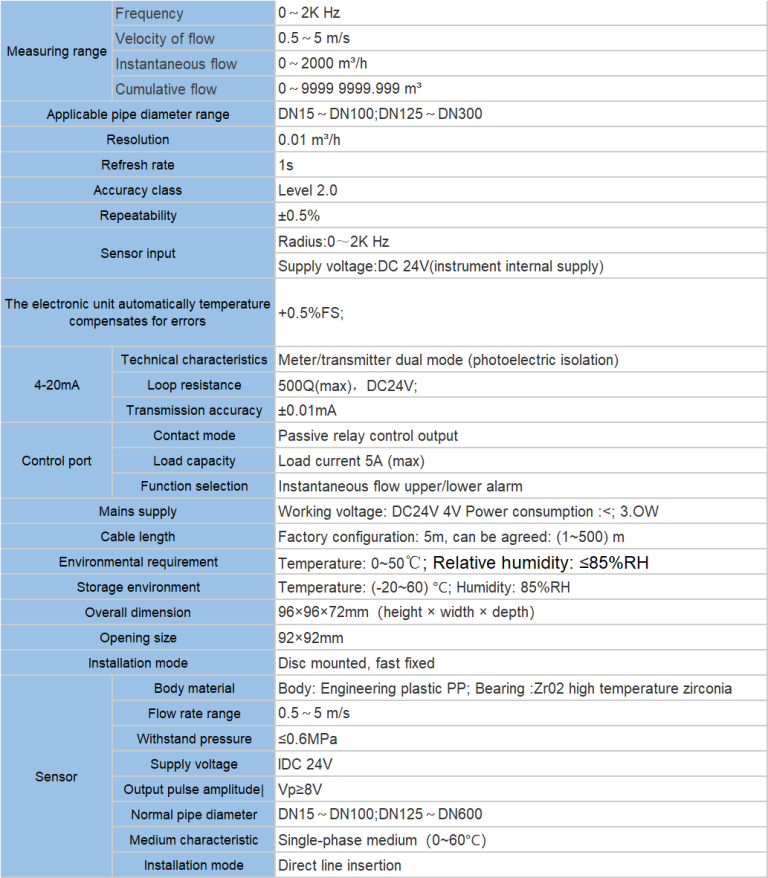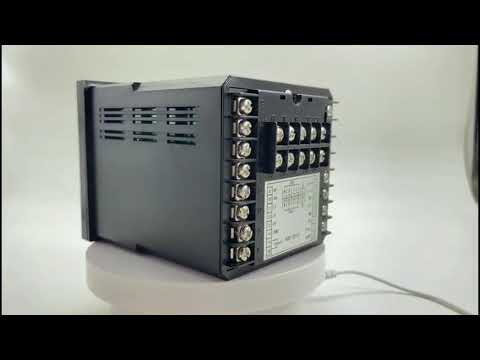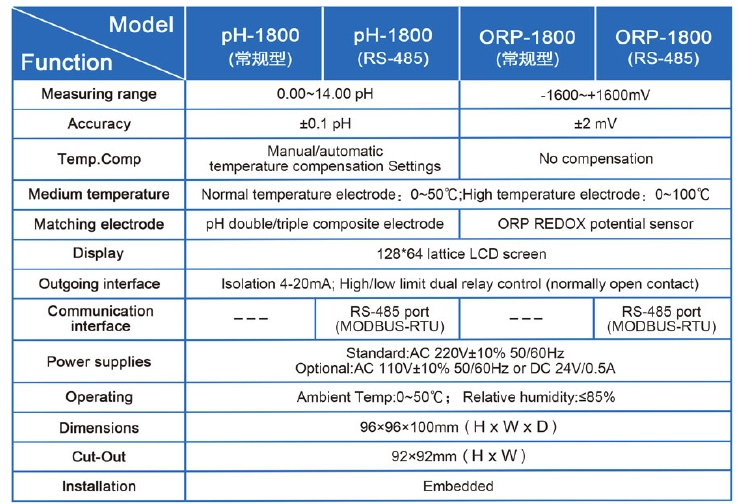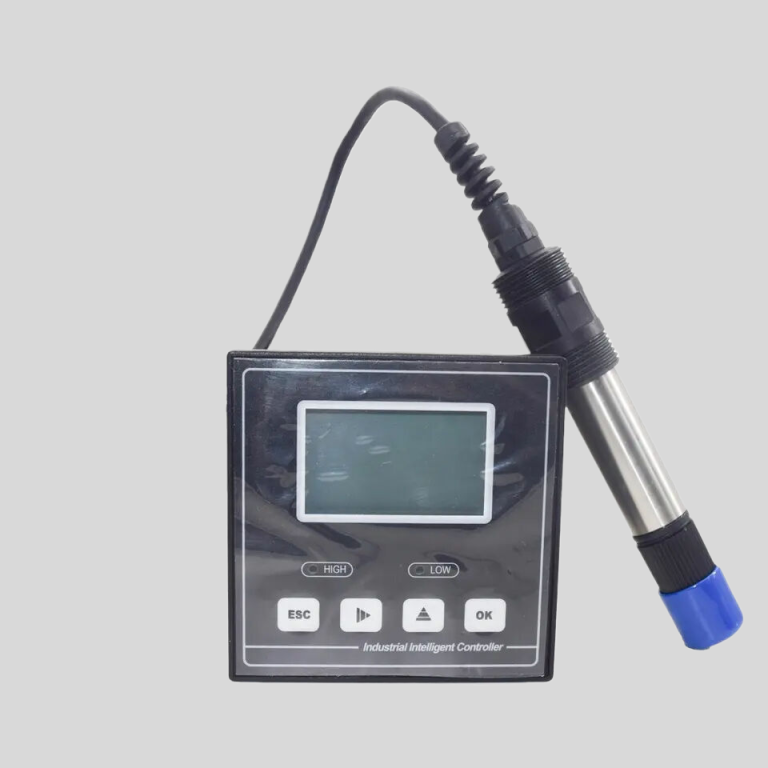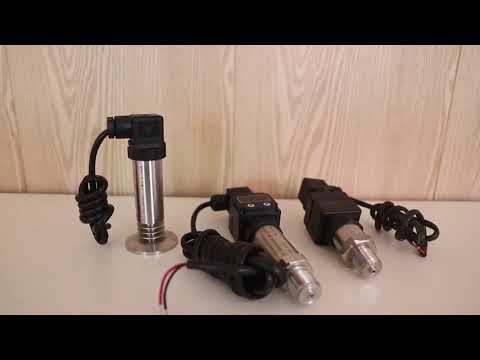Table of Contents
Introduction to Vortex Flow Transmitter:
A vortex flow transmitter is a type of flow meter that measures the flow of liquids, gases, and steam using the principle of vortex shedding. This technology has been widely used in various industries for its accuracy, reliability, and versatility. In this article, we will provide an introduction to vortex flow transmitters, explaining their working principle, applications, and benefits.
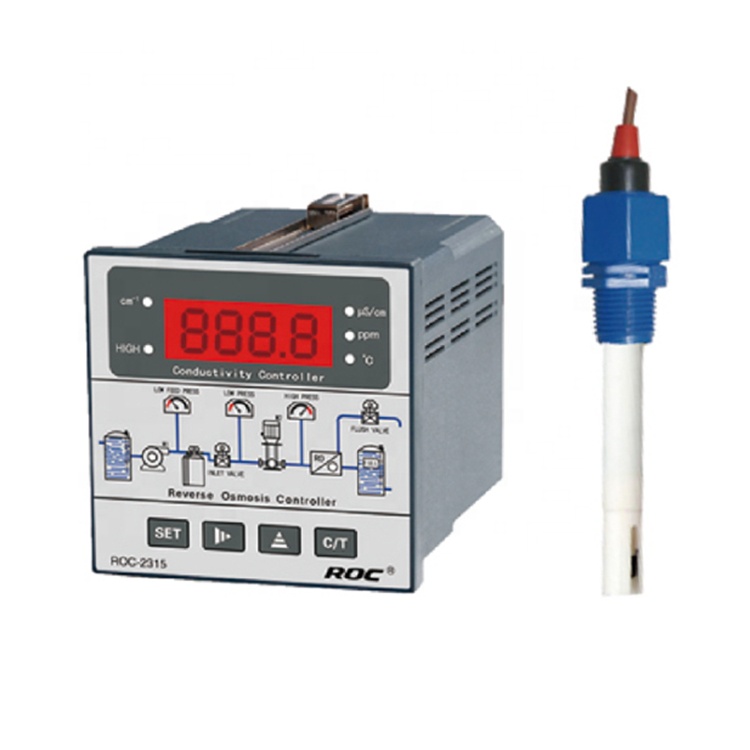
Vortex flow transmitters are based on the Von Kármán effect, which states that when a fluid passes by a bluff body, such as a shedder bar or a bluff plate, it creates alternating vortices downstream. These vortices are shed in a regular pattern, and their frequency is directly proportional to the fluid velocity. By detecting and counting these vortices, the flow rate of the fluid can be accurately measured.
One of the key components of a vortex flow transmitter is the sensor, which is designed to detect the vortices and convert this information into a flow rate. The sensor typically consists of a piezoelectric crystal or a pressure sensor, which responds to the pressure fluctuations caused by the vortices. This signal is then processed by the transmitter to provide an output proportional to the flow rate.
Vortex flow transmitters are suitable for a wide range of applications, including but not limited to, chemical processing, oil and gas, power generation, water and wastewater, and HVAC systems. They can measure the flow of various fluids, including liquids, gases, and steam, making them versatile across different industries.
One of the main advantages of vortex flow transmitters is their accuracy. They can provide precise measurements even in challenging conditions, such as high temperatures, high pressures, and aggressive fluids. Additionally, they have a low sensitivity to changes in fluid properties, which makes them reliable in various operating conditions.

Furthermore, vortex flow transmitters are known for their low maintenance requirements and long-term stability. With no moving parts in the fluid stream, they are less prone to wear and tear, reducing the need for frequent maintenance. This results in lower lifecycle costs and increased operational efficiency for the end user.
In conclusion, vortex flow transmitters are a valuable tool for measuring the flow of fluids in industrial processes. Their principle of operation, accuracy, versatility, and low maintenance requirements make them a preferred choice for many applications. As technology continues to evolve, vortex flow transmitters are likely to remain a crucial instrument in the field of flow measurement, providing reliable and accurate data for various industrial processes.
– A vortex flow transmitter is a type of flow meter used to measure the flow rate of fluids, such as gas or liquid, in a pipe or duct. It operates based on the principle of the von Kármán effect, which states that when a fluid flows past a bluff body, such as a vane or a rod, alternating vortices are shed from the body. The frequency of these vortices is directly proportional to the flow velocity, allowing for flow rate measurement
A vortex flow transmitter is a type of flow meter that is commonly used for measuring the flow rate of fluids, whether it be gas or liquid, within a pipe or duct. It operates on the principle of the von Kármán effect, which is a phenomenon where alternating vortices are shed from a bluff body, such as a vane or a rod, as a fluid flows past it. These vortices are shed at a frequency that is directly proportional to the velocity of the flow, enabling the measurement of the flow rate.
| Model | EC-1800 online conductivity controller |
| Range | 0-2000/4000uS/cm 0-20/200mS/cm |
| 0-1000/2000PPM | |
| Accuracy | 1.5%, 2%, 3%(FS) |
| Temp. Comp. | Automatic temperature compensation based on 25℃ |
| Oper. Temp. | Normal 0~50℃; High temp 0~120℃ |
| Sensor | C=0.1/1.0/10.0cm-1 |
| Display | 128*64 LCD Screen |
| Communication | 4-20mA output/2-10V/1-5V/RS485 |
| Output | High/Low limit dual relay control |
| Power | AC 220V±10% 50/60Hz or AC 110V±10% 50/60Hz or DC24V/0.5A |
| Working Environment | Ambient temperature:0~50℃ |
| Relative humidity≤85% | |
| Dimensions | 96×96×100mm(H×W×L) |
| Hole Size | 92×92mm(H×W) |
| Installation Mode | Embedded |
| Model | pH/ORP-9500 pH/orp meter |
| Range | 0-14 pH; -2000 – +2000mV |
| Accuracy | ±0.1pH; ±2mV |
| Temp. Comp. | Automatic temperature compensation |
| Oper. Temp. | Normal 0~50℃; High temp 0~100℃ |
| Sensor | pH double/triple sensor; ORP sensor |
| Display | LCD Screen |
| Communication | 4-20mA output/RS485 |
| Output | High/Low limit triple relay control |
| Power | AC 220V±10% 50/60Hz or AC 110V±10% 50/60Hz or DC24V/0.5A |
| Working Environment | Ambient temperature:0~50℃ |
| Relative humidity≤85% | |
| Dimensions | 96×96×132mm(H×W×L) |
| Hole Size | 92×92mm(H×W) |
| Installation Mode | Embedded |
The von Kármán effect is a well-known principle in fluid dynamics and is named after the Hungarian-American engineer, Theodore von Kármán. He discovered that when a fluid flows past a bluff body, such as a cylinder or a sphere, it creates a series of alternating vortices in its wake. These vortices are formed due to the differences in pressure on the two sides of the body, creating a cyclic shedding pattern.
In the case of a vortex flow transmitter, a bluff body is placed in the flow path of the fluid being measured. This bluff body is typically designed as a vane or a rod, and as the fluid flows past it, vortices are shed from the body. The frequency at which these vortices are shed is directly related to the velocity of the fluid flow. By measuring the frequency of these vortices, the flow rate of the fluid can be determined.
The measurement of the vortex shedding frequency is accomplished using a sensor, which is usually a piezoelectric crystal or a strain gauge. The sensor is placed in close proximity to the bluff body, and it detects the pressure fluctuations associated with the shedding vortices. These pressure fluctuations are then converted into an electrical signal, which is proportional to the frequency of the vortices.
The electrical signal from the sensor is then processed by the transmitter, which typically consists of electronic circuitry and a microprocessor. The transmitter may also include additional components, such as a display and communication interfaces. The microprocessor calculates the flow rate based on the frequency of the vortices and the known characteristics of the specific flow meter.
One advantage of vortex flow transmitters is their ability to measure flow rates accurately across a wide range of fluid velocities. They are also relatively immune to changes in fluid properties, such as temperature and pressure, making them suitable for a variety of applications. However, it is important to note that vortex flow transmitters may require periodic calibration to maintain their accuracy.
In summary, a vortex flow transmitter is a flow meter that utilizes the von Kármán effect to measure the flow rate of fluids in a pipe or duct. It operates

